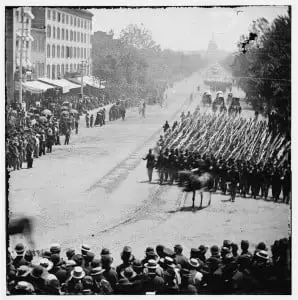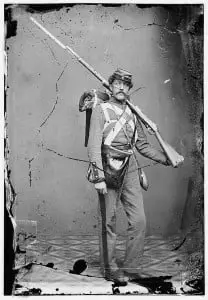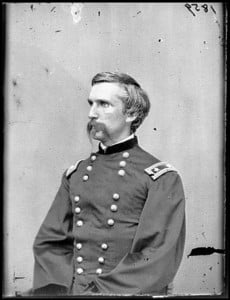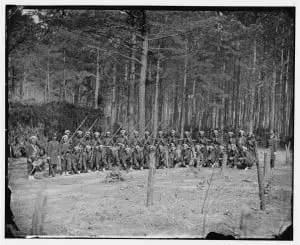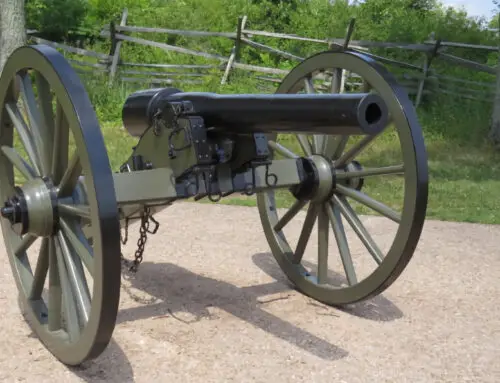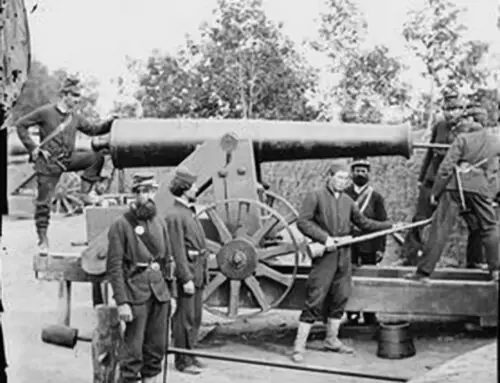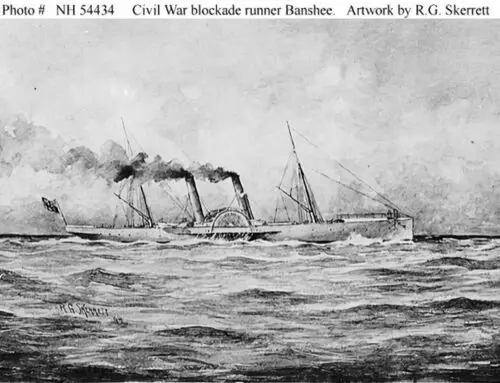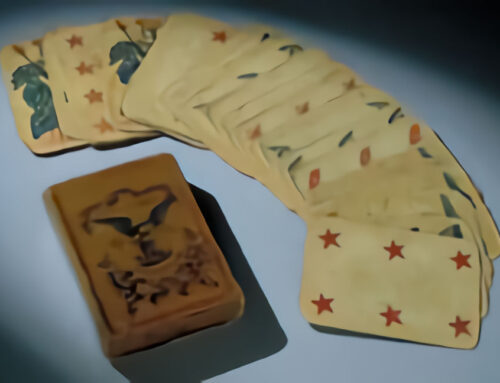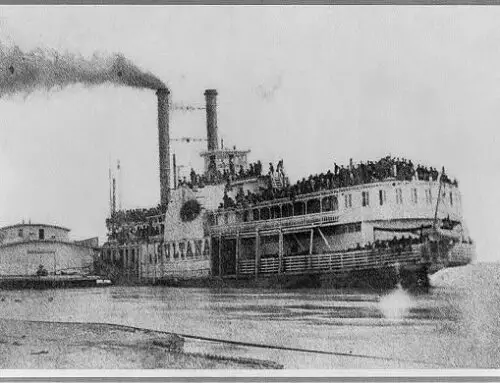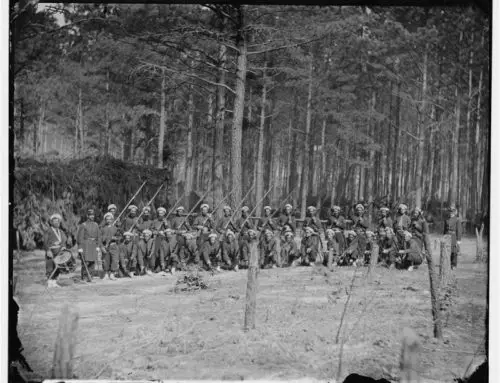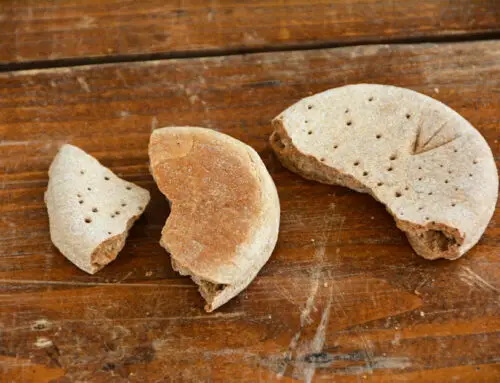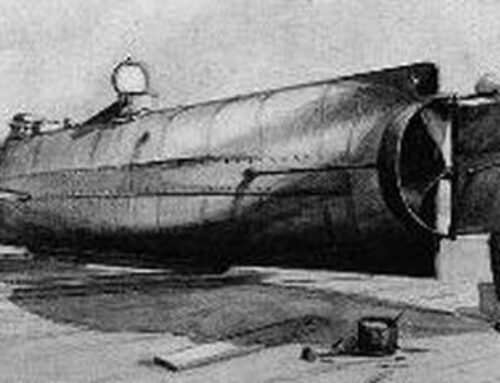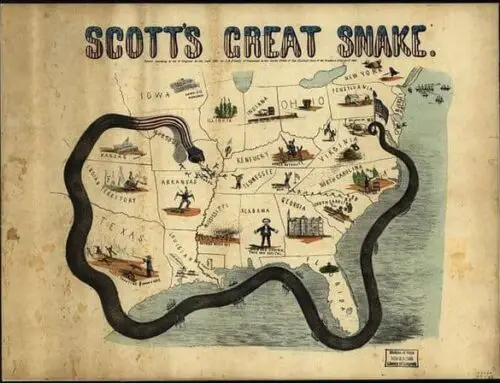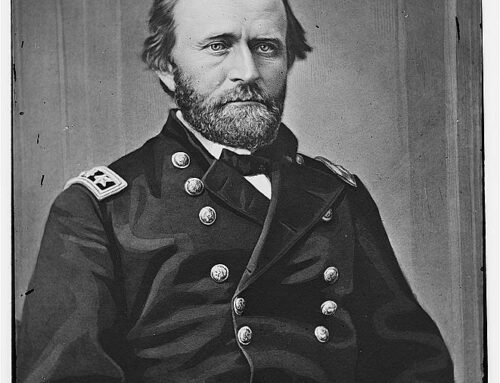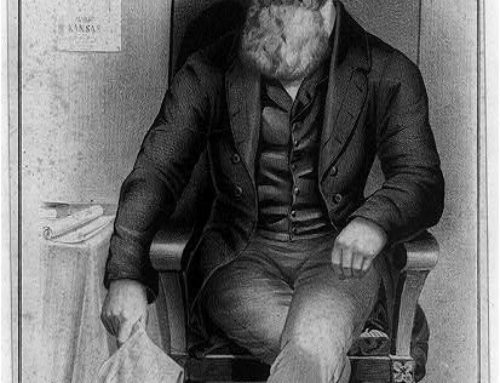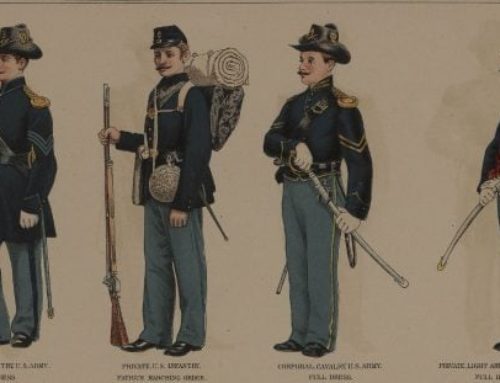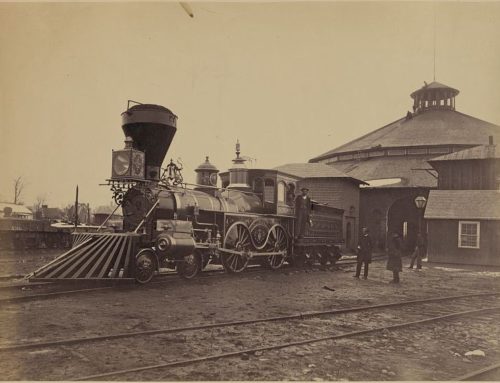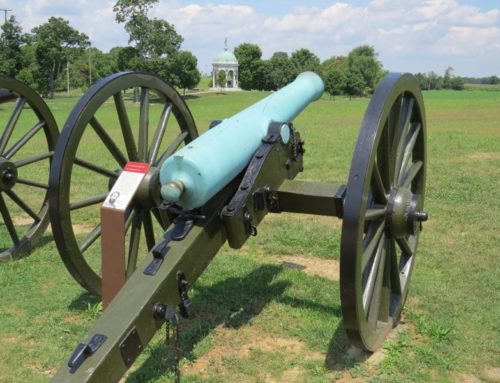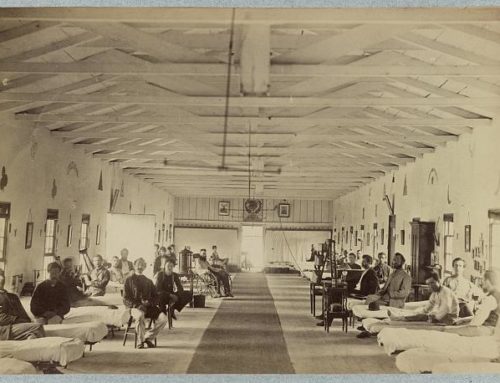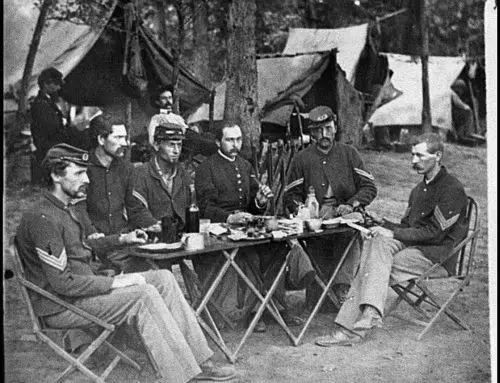The Civil War Bayonet was a sharpened piece of steel with a ring on the end that slid over the barrel of a rifle, it was then turned and locked into place.
This is called a ring bayonet, bayonets today are essentially the same as they were during the Civil War, just with different blade designs.
Soldiers in combat seldom ever used their bayonets in fighting.
They were usually only used in dire situations when they had no other options.
The effectiveness of the Civil War bayonet was more psychological then physical. Seeing hundreds of soldiers coming at you with large knives on the end of their rifles had a pretty frighting effect.
If you would like to learn all about bayonets during this time check out #ad European Bayonets of the American Civil War
While hand to hand combat did occur, more often the enemy would run away before bayonets could be used.
Only about 1% of Civil War casualties were actually a result of a bayonet wound.
The vast majority of battlefield deaths and wounds were caused by the minie ball fired from a rifle.
There were however a few notable instances where the bayonet played an important role.
Civil War Bayonet Charge at Gettysburg
One of the most famous uses of bayonets in the Civil War occurred on the second day of the Battle of Gettysburg.
The Confederates were attempting to capture Little Round Top in an effort to get around the Union left flank.
If the Confederates were able to achieve this it would make the Union position at Gettysburg untenable and they would be forced to withdraw, giving the Confederate army under Robert E. Lee a decisive victory.
The entire battle line of the Union army at Gettysburg resembled a giant fish hook, Little Round Top is a wooded and steep hill at the very end of the Union line. The 20th Maine infantry regiment commanded by Colonel Joshua Chamberlain was the last regiment at the end of this line, there were no troops to their left, only woods.
It was vitally important they hold this position.
The Confederates under William C. Oates attacked the 20th Maine several times, each time being repulsed. The 20th Maine was taking heavy casualties and running out of ammunition.
Colonel Chamberlain had his men fix bayonets and ordered them to attack down the hill.
Shocked Confederates fled down the hill in panic and many of them were captured, killed and wounded. Colonel Chamberlain saved the Union left flank and received the Medal of Honor for his actions.
Civil War Bayonet as a Utility Tool
More often than not soldiers used the bayonet as an everyday tool around their camp rather than a weapon.
It was put to better use cutting meat, cooking, shaving, or any other mundane task a soldier could find use for it.
It was a great tool both on the battlefield and off.
While it wasn’t used often in combat it was certainly there and could be relied upon when a soldier needed it most.

